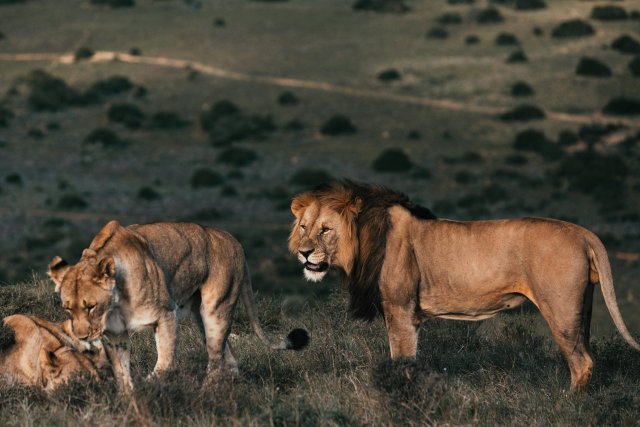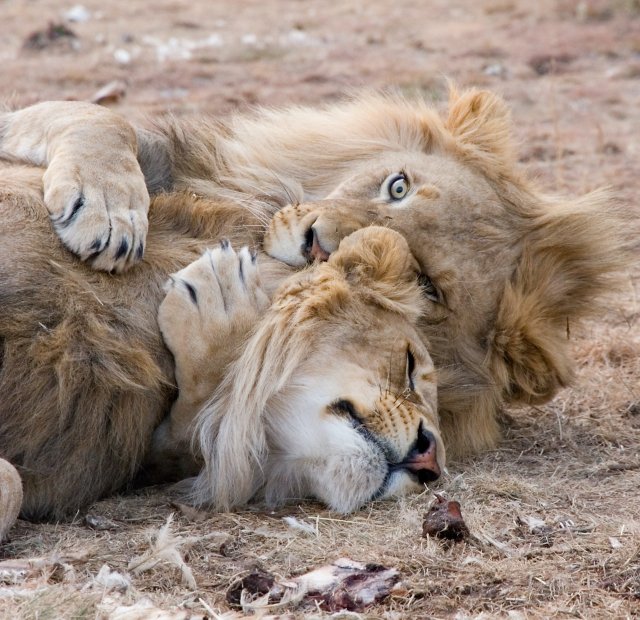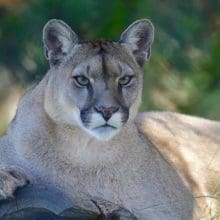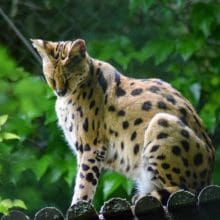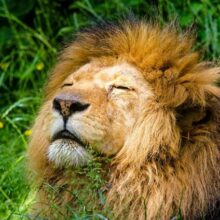Lion Conservation Efforts: The Top 7 Threats Facing Lions in Their Natural Habitat
Roaring for Change: Empowering Lion Conservation Efforts
Lions, the majestic kings of the savannah, are not only a symbol of power and beauty but also play a crucial role in maintaining the delicate balance of ecosystems. However, these iconic creatures are facing numerous threats in their natural habitat, pushing them towards the brink of extinction. In this article, we will explore the top seven threats facing lions and the conservation efforts being made to protect them.
1. Habitat Loss and Fragmentation
One of the most significant threats to lion populations is the loss and fragmentation of their natural habitat. As human populations expand, more land is converted for agriculture, infrastructure development, and urbanization. This encroachment on lion territories leads to habitat loss and fragmentation, isolating lion populations and reducing their ability to find suitable prey and mates.
For example, in East Africa, the rapid expansion of agriculture and settlements has resulted in the loss of over 75% of lion habitats in the past century. This loss not only affects lions but also disrupts entire ecosystems, as lions play a crucial role in controlling herbivore populations.
2. Human-Wildlife Conflict
As human populations continue to grow, conflicts between humans and lions become more frequent. Lions sometimes prey on livestock, leading to retaliatory killings by farmers. This conflict not only threatens lion populations but also creates negative attitudes towards their conservation.
Efforts are being made to mitigate human-wildlife conflict through various strategies. For instance, in Kenya, the Maasai Mara Lion Guardians program trains local warriors to protect lions and their livestock by using non-lethal methods, such as reinforced enclosures and scare tactics. This program has successfully reduced lion killings by 90% in the region.
3. Poaching and Illegal Wildlife Trade
Lion Conservation Efforts: Poaching for lion body parts, such as bones, skins, and teeth, is another major threat to their survival. These body parts are highly valued in traditional medicine and as trophies, driving the illegal wildlife trade. According to a report by the International Union for Conservation of Nature (IUCN), lion bones are increasingly being used as a substitute for tiger bones in traditional Asian medicine.
Efforts to combat poaching and illegal wildlife trade include strengthening law enforcement, increasing penalties for offenders, and raising awareness about the negative impacts of such activities. Organizations like the Lion Recovery Fund support anti-poaching initiatives and work closely with local communities to address the underlying causes of poaching.
4. Trophy Hunting
Trophy hunting, the practice of killing wild animals for sport, has been a controversial topic in lion conservation. While proponents argue that trophy hunting can generate revenue for conservation efforts and incentivize local communities to protect lions, opponents believe it has negative impacts on lion populations and their social structures.
Several countries have implemented regulations and bans on trophy hunting to protect lion populations. For example, in 2019, Botswana banned trophy hunting, citing concerns over declining lion populations. However, the debate around trophy hunting and its impact on lion conservation continues.
5. Climate Change
Lion Conservation Efforts: Climate change poses a significant threat to lion populations and their habitats. Rising temperatures, changing rainfall patterns, and increased frequency of extreme weather events can disrupt prey availability and water sources, making it harder for lions to survive.
Conservation organizations are working to address the impacts of climate change on lion habitats through initiatives like habitat restoration, water management, and promoting sustainable land-use practices. These efforts aim to create resilient ecosystems that can withstand the challenges posed by climate change.
6. Disease Outbreaks
Disease outbreaks, such as canine distemper and bovine tuberculosis, can have devastating effects on lion populations. These diseases can be transmitted from domestic animals to lions, leading to mass mortalities and population declines.
Efforts to prevent and control disease outbreaks include vaccination programs for domestic animals, monitoring and surveillance of lion populations, and research to better understand the transmission dynamics of diseases. These measures help protect both lions and the domestic animals they come into contact with.
7. Lack of Funding and Political Will
Despite the urgent need for lion conservation, funding and political will remain significant challenges. Conservation efforts require substantial financial resources to support research, anti-poaching initiatives, community engagement, and habitat restoration.
International organizations, governments, and NGOs are working together to secure funding for lion conservation projects. For example, the Global Environment Facility (GEF) has allocated funds to support lion conservation efforts in Africa. Additionally, raising awareness among policymakers and the general public about the importance of lion conservation is crucial in garnering political will and support.
Summary
Lion Conservation Efforts: Lions face a multitude of threats in their natural habitat, including habitat loss, human-wildlife conflict, poaching, trophy hunting, climate change, disease outbreaks, and a lack of funding and political will. However, various conservation efforts are underway to protect these magnificent creatures.
By addressing these threats through habitat conservation, community engagement, anti-poaching initiatives, and sustainable land-use practices, we can ensure the survival of lions and the preservation of the ecosystems they inhabit. It is crucial for governments, organizations, and individuals to come together and take action to secure a future for lions in the wild.
Read More About Preserving Big Cats From Wikipedia

